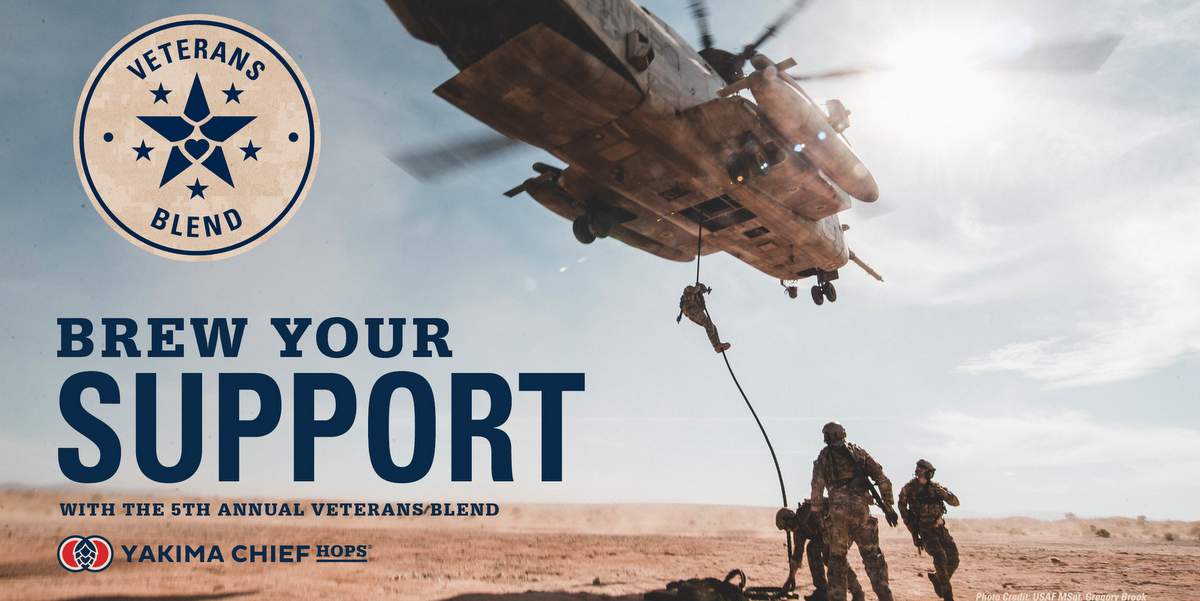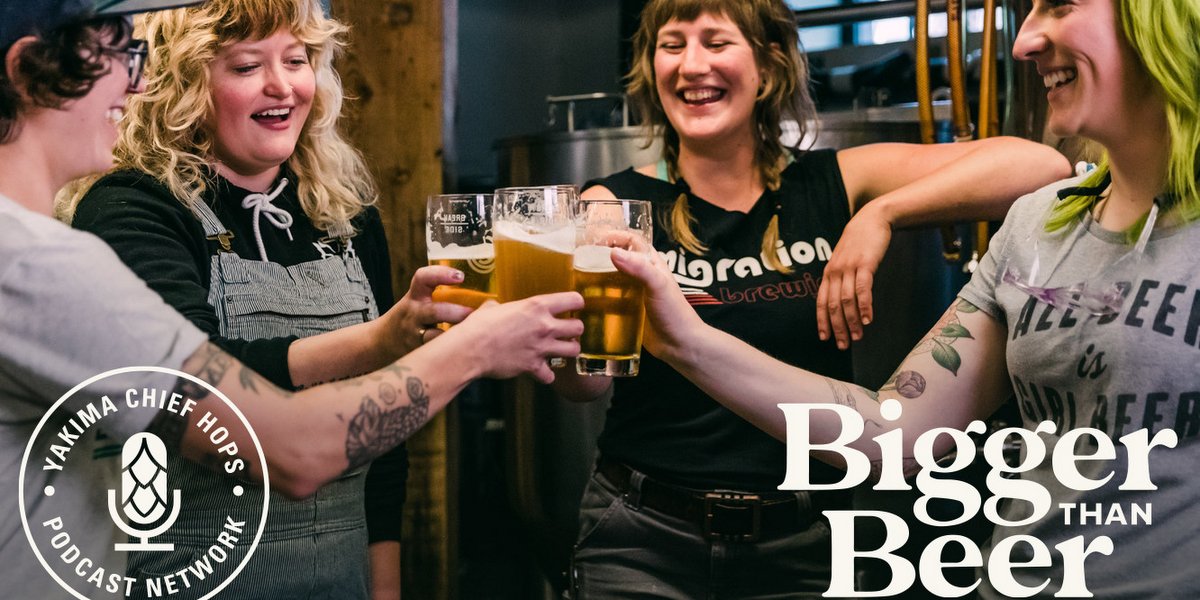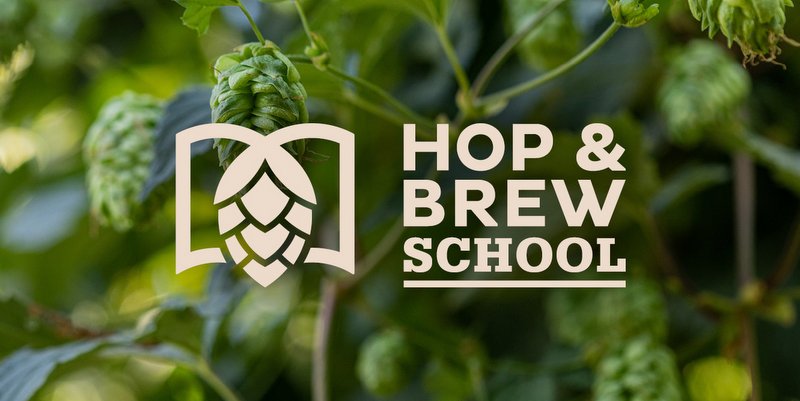Last November, Yakima Chief Hops announced it was building a second CO2 extract facility in Sunnyside, Wash. The product must be popular. What exactly is CO2 hop extract? It is a pure resin produced through supercritical CO2 extraction. What is supercritical CO2 extraction? Well, supercritical CO2 is the fluid state of carbon dioxide. Supercritical CO2 extraction is a process whereby the essential bittering and aromatic compounds of hops (alpha acids, beta acids and oils) are separated from the leafy plant material using supercritical CO2, creating a final resin that is used for brewing and packaged in ready-to-use food grade cans.
CO2 hop extract is primarily used as a kettle ingredient to provide “clean” bitterness to beers, noting specific flavor and varietal aroma contributions can be achieved when used during late kettle or whirlpool additions. The benefits of brewing with CO2 hop extracts are also quite attractive:
- Increased kettle and FV yields through reduced trub
- Increased hop utilization from early boil additions
- Variety-specific hop character when used in whirlpool
- Improved shelf stability vs. pellet and whole cone hops
- Reduced kettle foaming during the boil
- Reduced polyphenol flavor contribution from plant material
- Reduced shipping costs
- Reduced storage space requirements
Yakima Chief Hops claims it has one of the most sophisticated, in-house extract facilities in the industry, where YCH maintains complete control of the quality, consistency and supply of its extract products. Just watch the video above to see the company’s impressive facilities. In the process, Yakima Chief hops uses supercritical CO2, which is at high pressure but mild temperature, preserving the alpha and varietal traits from the delicate aromatic hop oil. You can watch the whole process in the video — where T-90 hop pellets are placed into an extractor, which looks like a big bell, which is then hit with supercritical CO2. Here’s how the video explains it:
Supercritical CO2 is a low density fluid that can easily flow through a solid matrix like a hop pellet. The solid hop particles are filtered and the CO2 is then vaporized, leaving behind the soft resins and essential oils from the hops. The CO2 goes through a cold water heat exchanger where it is condensed back into a liquid. It is then returned to the extraction system, recovering a majority of the CO2, which greatly reduces our overall company greenhouse gas emissions. Furthermore, YCH installed a CO2 recovery system to collect the small amount of CO2 that is lost when we change from extractor to extractor.
We’ve talked about this system before. Collaborating with breweries that utilize CO2 recovery systems (we’ve written about a few), Yakima Chief Hops worked to discover how it could produce the extract with a small pollution footprint. The company partnered with ICC and the Hypro Group to engineer, design and implement a customized system. YCH is now able to recover, clean and reuse much of the CO2 used to produce its hop extract. From our previous post:
“Currently we are capturing more than five metric tons a day of CO2 and redirecting the CO2 liquid back into our extraction system for further use,” said Levi Wyatt, YCH’s Social Corporate Responsibility Coordinator. “This reduces the amount of CO2 emissions from our extract facility by greater than 50%.”
Watch the full video to learn more. Then check out this article to learn more about hop extract in general:





Leave a Reply
You must be logged in to post a comment.